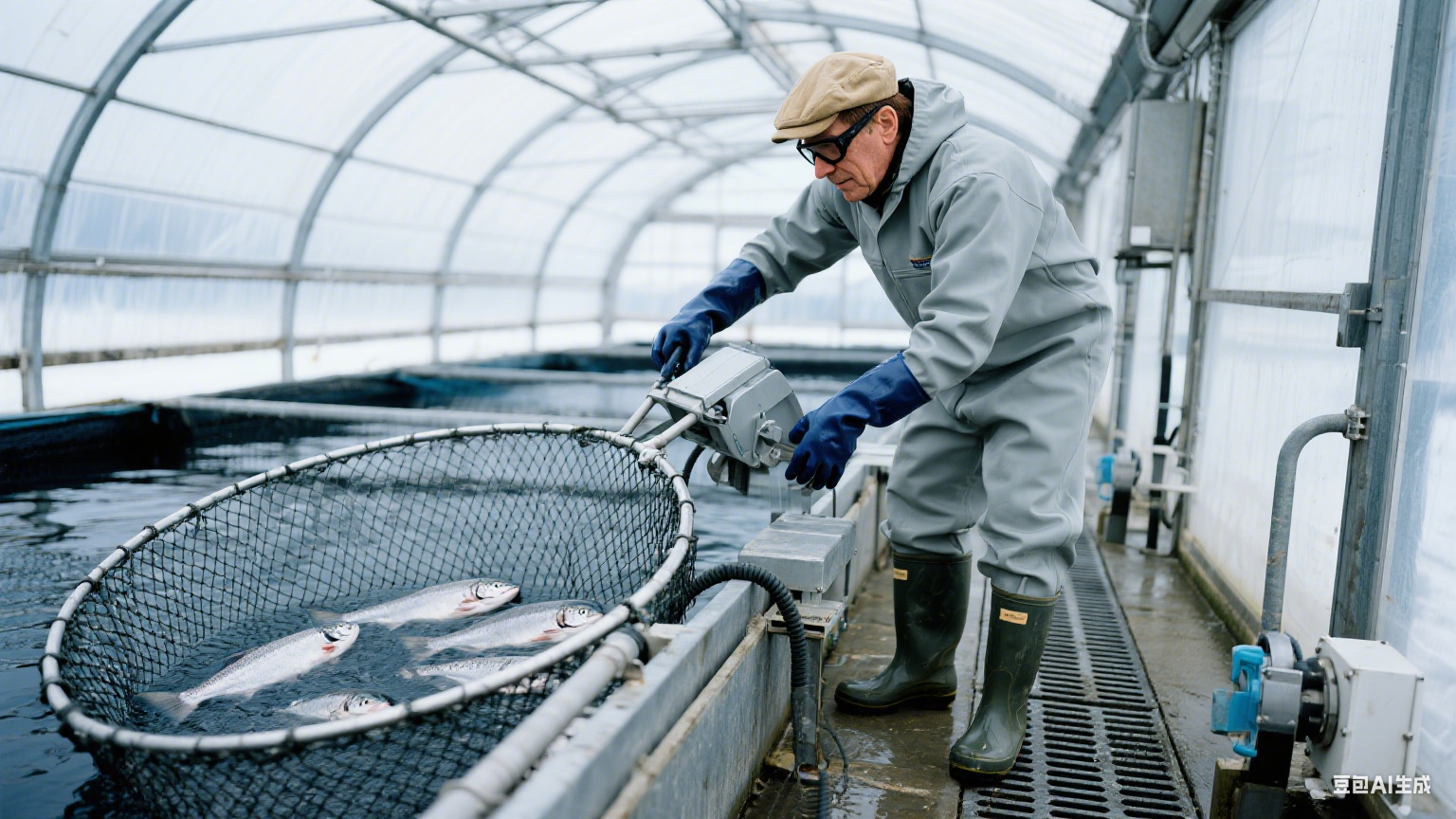Europe has long been a global leader in aquaculture innovation, and its OEM suppliers for aquaculture cages play a critical role in supporting sustainable marine and freshwater farming. These suppliers specialize in designing and manufacturing customized cage systems, with fishing nets serving as a core component. By integrating advanced materials, engineering expertise, and compliance with stringent environmental standards, European OEM providers deliver solutions tailored to diverse aquatic environments. Below is an overview of the key players and their competitive advantages.
1. Legacy Manufacturers: Combining Experience with Modern Technology
Established European companies like AquaStructure GmbH (Germany) and MarineHarvest Engineering (Norway) have dominated the aquaculture cage market for decades. These firms leverage their historical expertise in maritime engineering to produce robust cage systems. Their fishing nets are crafted from high-density polyethylene (HDPE) and coated with anti-fouling agents, ensuring resistance to abrasion, UV degradation, and biofouling. Notably, their OEM services include modular designs that adapt to varying water depths and current conditions, making them ideal for salmon farming in the North Atlantic. By collaborating with research institutions like the European Marine Technology Institute, these suppliers continuously refine net durability and hydrodynamic efficiency.
2. Innovation-Driven Suppliers: Smart Cage Systems
Companies such as Nordic Aquacage AB (Sweden) and AquaNest Technologies (Netherlands) focus on integrating IoT sensors and AI-driven monitoring systems into their cage designs. Their fishing nets are embedded with tension sensors to detect structural stress, while automated feeding and oxygen-level control mechanisms optimize fish health. For example, Nordic Aquacage’s “”SmartNet”” series reduces operational costs by 20% through real-time data analytics. These suppliers prioritize lightweight yet durable materials like Dyneema® fibers, which offer 15 times the strength of steel at a fraction of the weight. Such innovations appeal to large-scale aquaculture operations aiming for precision management.
3. Eco-Centric Producers: Sustainability as a Core Value
Environmental responsibility is a cornerstone for suppliers like BlueEco Solutions (Denmark) and GreenMarine Systems (France). Their fishing nets are manufactured using recycled plastics and biodegradable polymers, aligning with EU directives on marine pollution reduction. BlueEco’s “”CircularNet”” initiative, for instance, recycles old nets into raw materials for new cage components, achieving a 90% waste reduction rate. These suppliers also emphasize anti-entanglement designs to protect marine wildlife, a feature increasingly demanded by eco-conscious clients. Certifications from organizations like the Global Aquaculture Alliance further validate their commitment to sustainable practices.

4. Customization Specialists: Meeting Niche Market Demands
Smaller but agile firms such as Alpine Aquaculture Tech (Austria) and MedCage Solutions (Greece) cater to specialized applications, including freshwater lake farming and Mediterranean sea bass cultivation. Their OEM services offer bespoke net mesh sizes, corrosion-resistant coatings for brackish waters, and collapsible cage frameworks for seasonal operations. Alpine Aquaculture Tech’s collaboration with Alpine lake farmers has resulted in temperature-adaptive nets that prevent fish stress during thermal stratification periods. These suppliers excel in rapid prototyping, often delivering tailored solutions within six weeks of initial client consultations.
5. Integrated Service Providers: End-to-End Aquaculture Support
Leaders like AKVA group ASA (Norway) and Benchmark Holdings (UK) go beyond hardware by offering full-cycle support, including site planning, installation, and maintenance. Their fishing nets are part of comprehensive systems that include mooring lines, feeding barges, and predator protection barriers. AKVA’s “”EcoCage”” series, for example, combines anti-sea lice netting with integrated delousing chambers, addressing a major challenge in salmon farming. Such holistic approaches reduce clients’ logistical burdens, making these suppliers a one-stop solution for large aquaculture corporations.
Quality Assurance and Global Reach
European OEM suppliers adhere to rigorous quality standards such as ISO 9001 and the Aquaculture Stewardship Council (ASC) certifications. Their production facilities employ automated weaving machines and laser-based mesh inspection systems to ensure consistency. Additionally, partnerships with logistics giants like DHL and Maersk enable timely global delivery, with lead times often under eight weeks. Many suppliers also provide multilingual technical support teams to assist international clients in optimizing cage deployment.
Future Trends and Market Positioning
The sector is shifting toward offshore aquaculture, where cages must withstand harsher oceanic conditions. European suppliers are at the forefront, developing submersible cage systems and bioengineered net coatings that inhibit algae growth without toxic chemicals. With the EU’s Blue Economy strategy projecting a 30% increase in aquaculture output by 2030, these OEM providers are well-positioned to meet rising demand while maintaining their reputation for technical excellence and sustainability.
References
-
European Aquaculture Industry Report, European Aquaculture Society, 2023. -
Sustainable Fishing Gear Standards, United Nations Food and Agriculture Organization. -
Innovations in Offshore Aquaculture, Journal of Marine Science and Engineering, Vol. 11, No. 4. -
Global Market Analysis of Aquaculture Equipment, MarketsandMarkets Research Pvt. Ltd., 2024.”